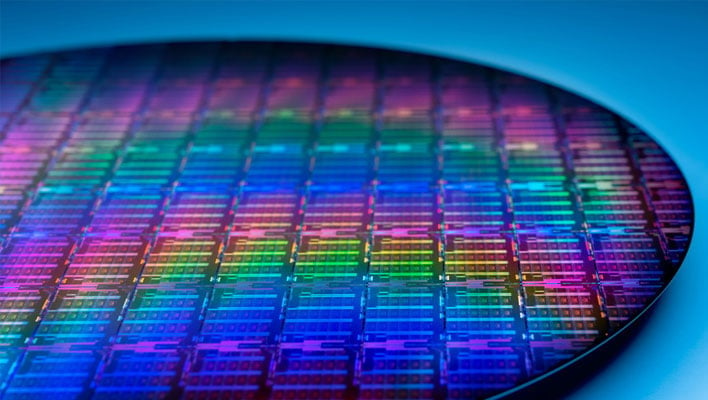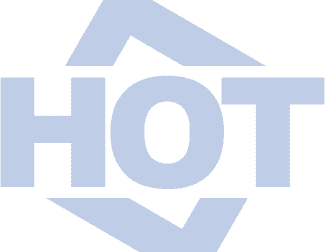Is Intel's Foundry Struggling? 10-Q Filing Highlights Unsuccessful Bid To Add New Customers
So why the struggle? One possibility is pricing versus performance. Intel's cutting-edge nodes, like its upcoming 18A process, may be competitive on paper, but if wafer pricing isn't significantly better than comparable TSMC offerings, potential customers might not bite. There's also some chatter that Intel still hasn't made a full-featured PDK (process design kit) broadly available for external partners, which seems almost unbelievable, but if true, makes serious design work nearly impossible.
Beyond those issues, Intel's track record with foundry execution hasn't inspired universal confidence. Multiple delays in past node launches and the recent cancellation of its 20A node have likely made prospective customers wary about committing designs years in advance, and unlike TSMC—which thrives on being a neutral manufacturing partner—Intel's dual identity as both chip designer and foundry operator creates inherent tension.

And there's the elephant in the room: Intel competes directly with most of the chipmakers it's trying to woo. Handing over sensitive design IP to a competitor—even one promising firewalls—has to feel risky, particularly in an industry where design secrets can be worth billions. Espionage fears, whether justified or not, are tough to overcome.
Still, all is not lost. Intel expects its 18A node to enter high-volume manufacturing by the end of this year, and if it delivers strong power and performance metrics, it could sway customers who are tired of competing for scarce fab capacity at TSMC. The next few quarters will be critical in determining whether Intel Foundry becomes a serious player—or remains a footnote.

